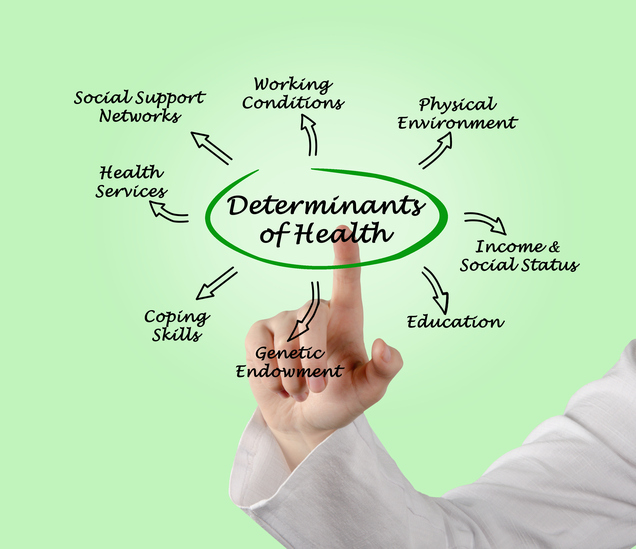

By all accounts, Covid-19 has amplified the discussion around critical health disparities and inequities that have plagued the United States and its most vulnerable patient populations for generations. The past year has exposed how disease does in fact discriminate, and that socioeconomic challenges exacerbate the symptoms of illness. As a result, the healthcare industry has accelerated its efforts in addressing the social determinants of health (SDOH) by introducing initiatives that specifically target these deficiencies. While well-intentioned, these programs will struggle to make a tangible impact unless we increase our nation’s health literacy.
Currently, nearly 300 million Americans score below proficient in health literacyand this crucial shortcoming is pervasive among the entire continuum of age, race, vulnerability and income. And despite the fact that social determinants can drive up to 80% of health outcomes, only 21% of Americans are even familiar with the term.
The key to unlocking the full value of the SDOH is improving health literacy at scale. To do so, payers, providers, life science organizations, government or anyone else seeking to improve the health of Americans by addressing social determinants must understand the following five steps that are necessary, linear, sequential for improving health literacy.